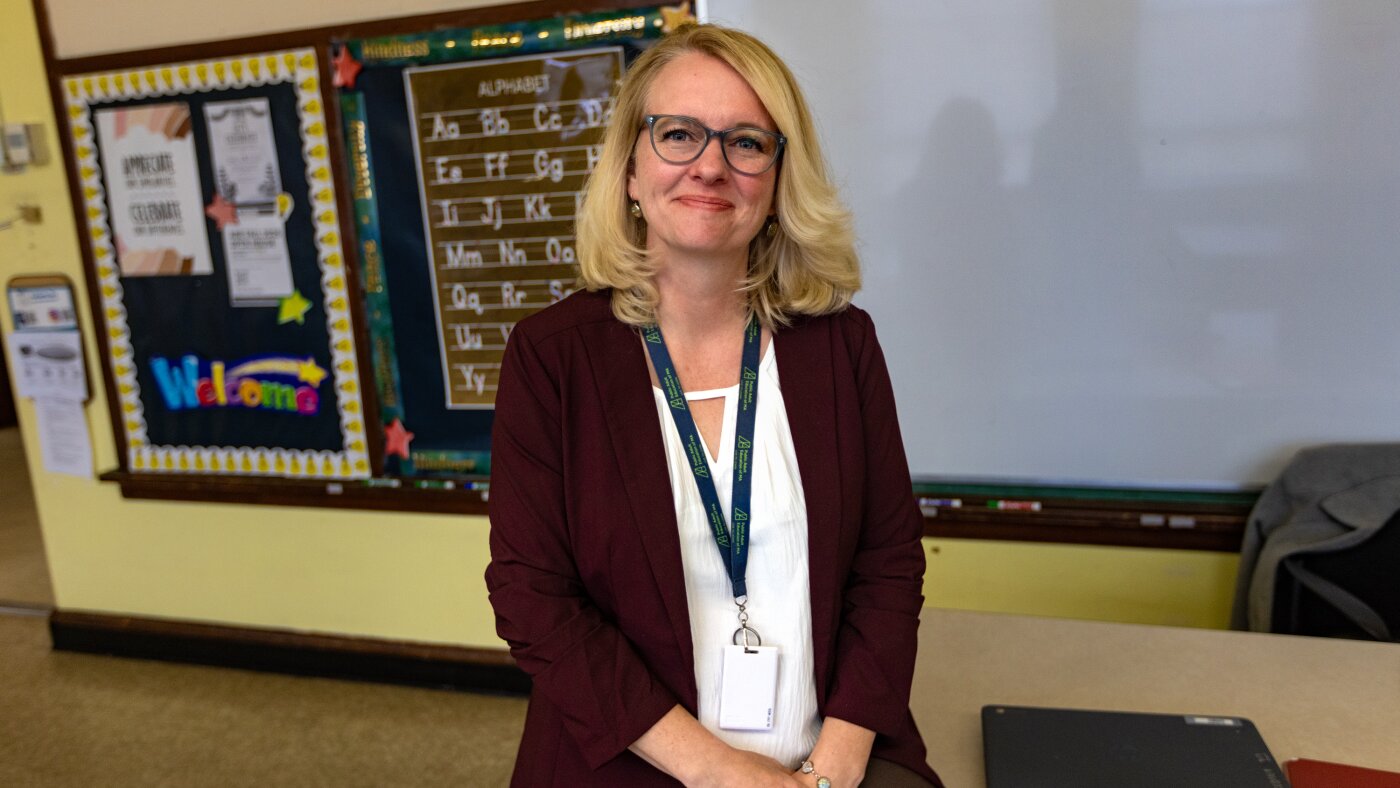
Nicole Ives was preparing to leave the hospital after surgery for an infected appendix when doctors made a discovery that would change her life. During an abdominal scan in October 2021, a lump was detected in her right lung.
“And there was a high probability that it was lung cancer,” Ms. Ives explained. The timing was both devastating and fortuitous. Just months earlier, Nicole, a Queensland resident, had lost her husband Michael to oesophageal cancer, leaving their three teenage children without a father.
While Nicole had been exposed to cigarette smoke in the 1970s and ’80s, she was a non-smoker herself, making the diagnosis even more shocking. “Because they [health authorities] did such a great job educating us about lung cancer and smoking, for someone like me, who never smoked, I probably wouldn’t have thought myself vulnerable in any way,” she said.
The World’s Leading Cancer Killer
Thoracic physician Dr. Kwun Fong emphasized that lung cancer is the leading cause of cancer deaths both in Australia and globally, with around 9,000 Australians succumbing to the disease each year.
“The reason why it’s got such a poor outcome is because when we detect it, usually it’s at a very late stage where cure is no longer possible and that’s because the lungs are an internal organ,” Dr. Fong said.
Dr. Fong, who has been conducting lung cancer screening trials for the past decade, noted that while smoking is the biggest risk factor, other contributors include air pollution, diesel fumes, asbestos exposure, and genetic predisposition.
Expanding the Scope of Screening Trials
In a bid to improve early detection, Dr. Fong is leading a large-scale trial that includes non-smokers. This latest phase will involve 3,000 participants across Australia, divided into three groups: never or light smokers, Aboriginal and Torres Strait Islander people, and current or former smokers.
Participants will undergo a low-dose chest CT scan to check for early signs of lung cancer. Mark Dorante, a senior health worker, is encouraging Indigenous Australians to enroll, highlighting their increased risk.
“We are twice as likely to develop and die from lung cancer than non-Indigenous Australians,” Mr. Dorante said.
National Lung Cancer Detection Program
The newly launched National Lung Cancer Screening Program targets heavy current or former smokers aged 50 to 70. It’s estimated that this targeted program will save 12,000 lives over the next decade.
Dr. Fong’s research aims to refine this program by identifying additional groups who might benefit from screening. Firefighters, for instance, face significant exposure to carcinogenic smoke, prompting calls for their inclusion.
“My suggestion and my hope would be that all firefighters, whether you be full-time, part-time or volunteer, would be able to access free screening,” said Justin Choveaux, General Manager of the Rural Fire Brigades Association Queensland.
Balancing Benefits and Risks
While the benefits of early detection are clear, screening programs are not without downsides, including false positives, radiation exposure, and the detection of conditions that might never cause harm. Dr. Fong’s trial will take up to three years to complete, ensuring that the benefits outweigh the risks and that the program is feasible within the healthcare system.
A spokesperson for the federal Department of Health confirmed that the National Lung Cancer Screening Program is “underpinned by strong clinical evidence” and will undergo a comprehensive evaluation after two years.
“Individuals who believe they may be at risk of lung cancer or have concerns about their lung health, should not wait for screening and are strongly encouraged to consult their healthcare provider,” the spokesperson added.
Meanwhile, Nicole Ives remains focused on her family and personal passions, grateful for the early detection that spared her from more invasive treatments. Her experience underscores the potential life-saving impact of expanded screening programs.







